The chef’s knife is one of the most versatile tools that one can have in a kitchen, and it’s also one of the most frequently used. I learned the hard way when buying knives – you need to know their correct size.
Picking the right kitchen knife size is essential—the more comfortable you are with the knife’s weight, length, and balance, the more confident you’ll feel when using it. However, measuring a kitchen knife can be a little confusing.
To measure a kitchen knife, use a ruler or tape and measure from the tip of the blade to the point where the handle begins. Kitchen knife measurements usually only include the blade. Most kitchen knives are between 8 and 10 inches long (20-25 cm).
In this article, you’ll learn what to expect with blade and handle length and how to measure a knife properly. If you’re looking to buy a new kitchen knife, or if you want to know more about the type of knives you already have, these tips will be useful.
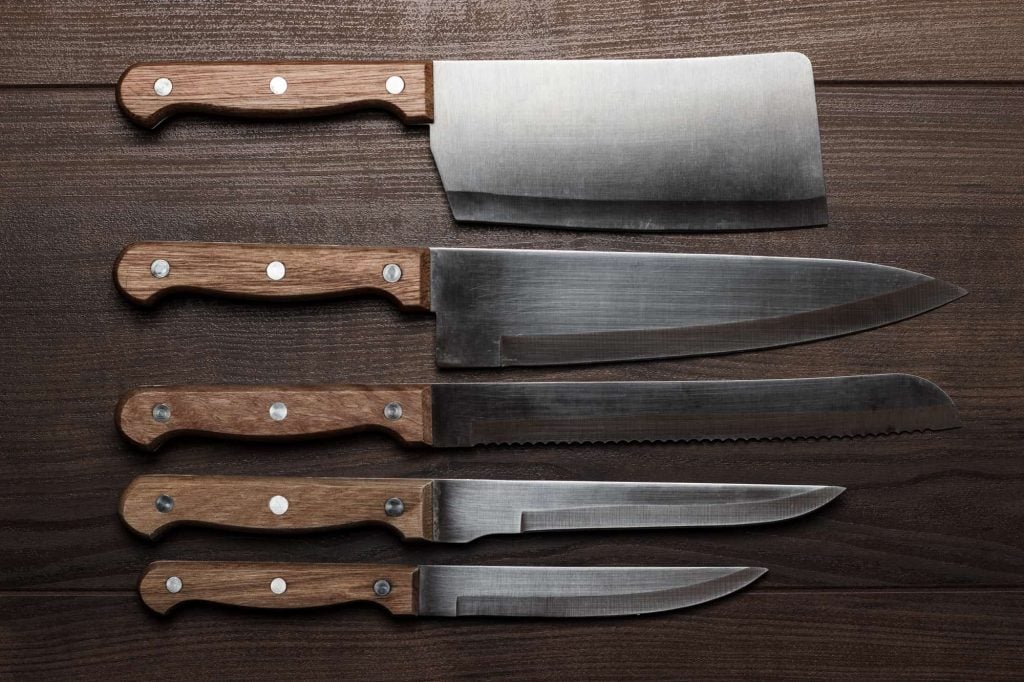
How To Measure a Chef’s Knife or Kitchen Knife
Accurately measuring a kitchen knife requires some prior knowledge and know-how, so let’s look at some of my best tips for measuring a chef’s knife.
1. Know the Average Lengths of Chef’s Knives
When you’re measuring a knife, it will be helpful to understand the average length of knives, so you have a better idea of the kind of measurement you’re looking for. Generally, most chefs’ knives are between 8 and 10 inches (20 and 25 cm) long (source: Auguste Escoffier School of Culinary Arts).
While this is the average length, chef knives can range from six to fourteen inches. Knives under 8 inches aren’t common, but they are useful for people under 5 and a half feet tall. Similarly, 10-inch chef’s knives are rare, but they are great for users over 6 feet tall. This isn’t so much to do with height, but it corresponds to hand size.
The following table illustrates various knife lengths and the right height for the knife user:
| Knife Length | User Height |
| 6 inches (15.24 cm) | Under 5.5 feet (167.6 cm) |
| 8 inches (20.32 cm) | 5.5-5.9 feet (167.6-179.8 cm) |
| 10 inches (25.4 cm) | 5.9-6.3 feet (179.8-192 cm) |
| 12 inches (30.48 cm) | 6.3-6.5 feet (192-198 cm) |
| 14 inches (35.56 cm) | Over 6.5 feet (198 cm) |
If you understand how long your knife is likely to be, it will be easier to measure the length of your own.
2. Know the Different Parts of the Knife
Before you measure your knife, it is useful to know the different parts. Generally, chef’s knives have a blade, handle, heel, tang, rivets, and bolster (source: The Open University). Let’s take a closer look at each of these parts:
- Blade. High-quality knives are made of stainless steel, which doesn’t rust easily. The blade can be in a “German” style, which has a curved section at the front, or a “French” style, which is straight and more triangular.
- Handle. The handle, which is the part you hold when you’re using the knife, can be made of wood, plastic, or rubber.
- Heel. The heel is the widest section of the knife, where the blade meets the handle. This section is used for chopping hard foods, such as carrots and nuts.
- Tang. The blade’s steel actually extends the entire length of the knife, and the part of the steel covered by the handle is called the tang. Knives that have steel that goes all the way through the end of the handle are called “full tang” knives. These knives are usually stronger and more balanced.
- Rivets. Rivets are the cylindrical studs that secure the handle to the tang.
- Bolster. The bolster is the section of steel located at the front of the handle, where the handle meets the blade. This helps with the perfect balance of the knife.
Knowing the parts of your knife will help you measure it accurately and use it safely.

3. Use a Ruler or Measuring Tape To Measure the Blade
To get the length of your knife, hold the ruler or tape measure from the tip of the knife blade to the point where the handle begins. Write down the measurement, rounding up to the closest whole eighth of an inch if necessary.
Most knives should have a whole number as their length. For example, the most common length of kitchen knives is eight inches. If you get an unusual measurement or measure the blade to be shorter than six inches or longer than fourteen, you’ve probably done something wrong.
4. Measure the Knife More Than Once for Accuracy
For the most accurate measurement of your actual knife, you should measure the blade more than once to ensure that you got the first reading once. Getting an accurate measurement is important to determine if the knife type is suitable for your intended use and if it is the best length for you.
5. If Buying Online, Read the Product Description Carefully
If you’re buying a new knife online and cannot handle or measure it yourself, be sure to read the product description very carefully. The length of a knife should measure the length of the blade, from the tip to the bolster, but some manufacturers and sellers include a measurement of the entire knife, from the tip to the hilt.
If they do this, the product description should include the information. The seller should also include separate measurements of the blade and handle lengths, but this isn’t a guarantee.

Does the Length of a Knife Include the Handle?
The length of a knife doesn’t include the handle. It measures the length of the blade without the handle. A knife’s length is a measurement from the blade’s tip to the bolster.
Typically, the standard knife length is just the blade and does not include the handle. This may seem unusual, but the blade length changes, whereas the knife handle is usually pretty standard. Some manufacturers and sellers include the handle in their measurement, but this is usually something cheaper sellers do.
In general, you should assume that any knife measurement that you see is just the blade. For example, an 8-inch knife is a knife with an eight-inch blade, not a knife that is eight inches long in its entirety. When measuring your own kitchen knife, you should only include the blade in your measurement.
Kitchen knives are essential tools in the kitchen, so it’s important to pick the right size to guarantee ease of use and comfortability. Measuring a knife can be a little confusing, but using the tips in this article should make it easy.
Most good kitchen stores will let you measure knives before you buy. If you’re buying online, read the small print!


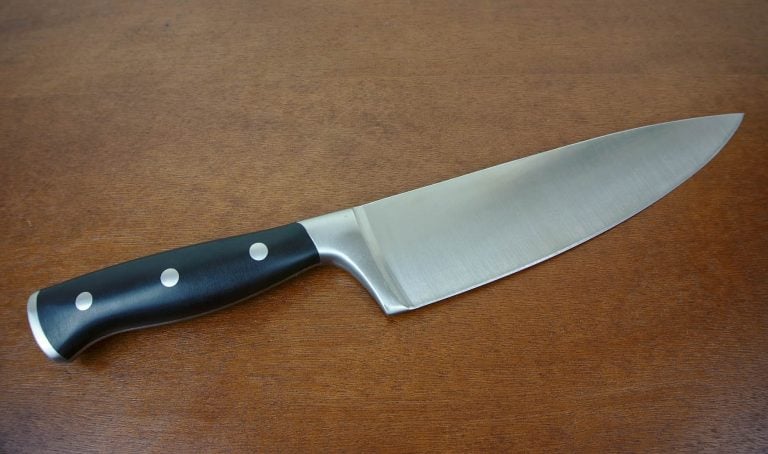
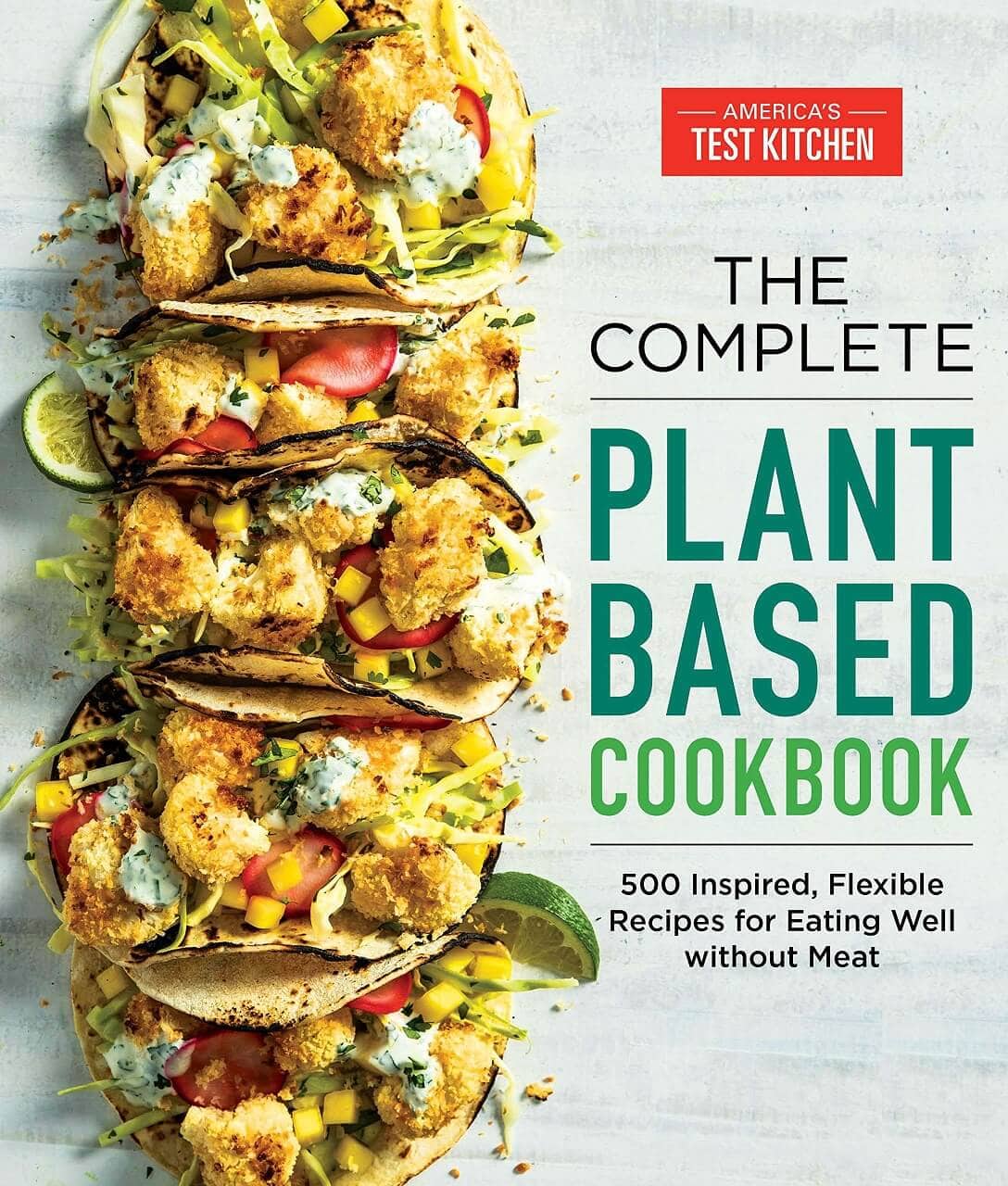
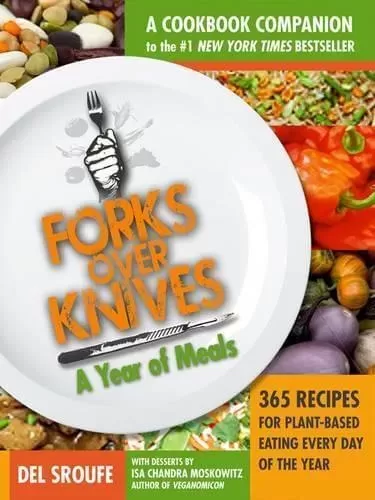

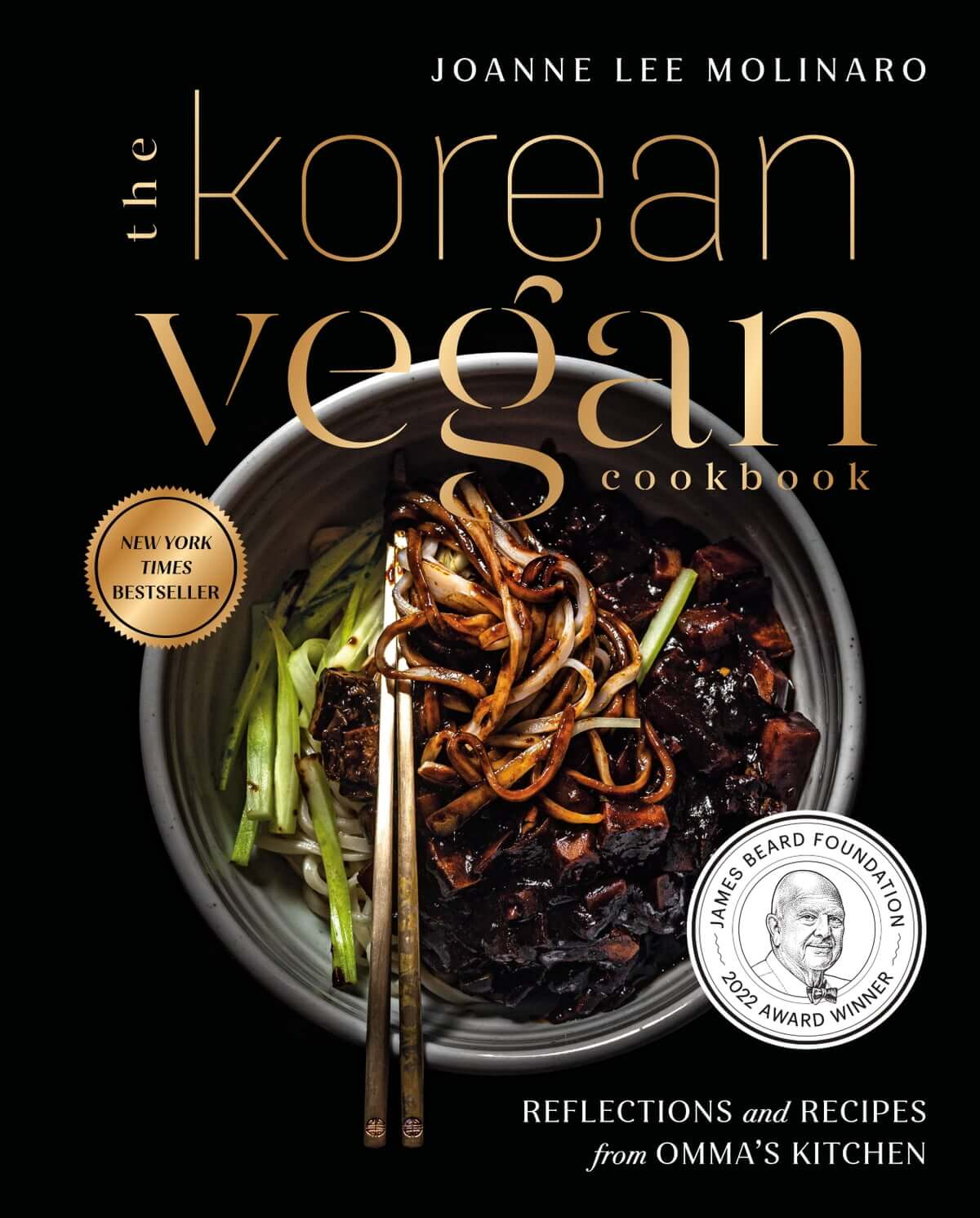






Comments are closed.